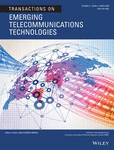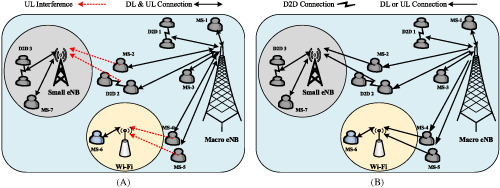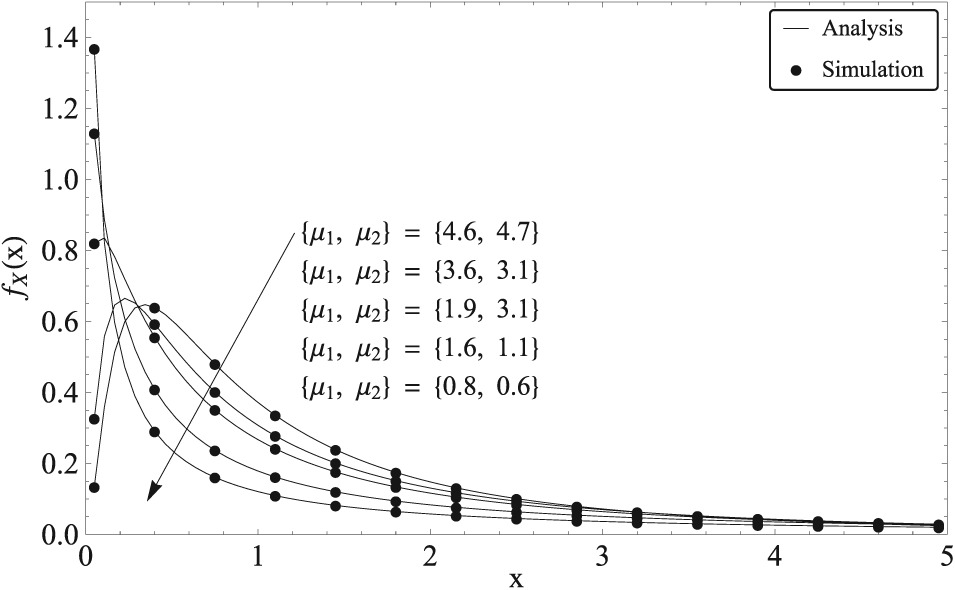Journal list menu
Export Citations
Download PDFs
ISSUE INFORMATION
RESEARCH ARTICLES
Energy modeling and adaptive sampling algorithms for energy-harvesting powered nodes with sampling rate limitations
- First Published: 09 October 2019
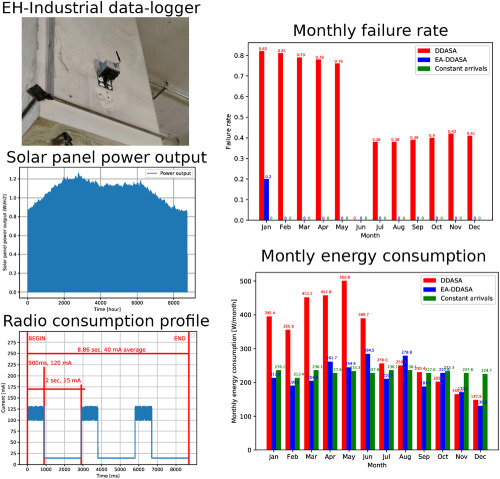
This article explores the implementation of different sampling strategies for a practical energy harvesting wireless device (sensor node) powered by a rechargeable battery. We look for a realistic yet effective sampling strategy that prevents packet delivery failures, which is simple enough to be implemented in low complexity hardware. The article proposes methods that balance erratic energy arrivals and include advantages of dynamic data-driven approaches based on historical data.
Matching theory as enabler of efficient spectrum management in 5G networks
- First Published: 24 October 2019
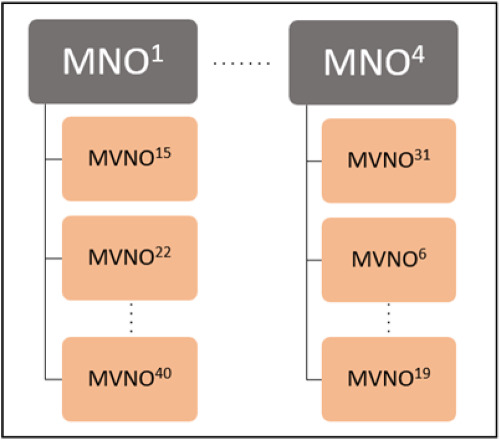
An M2MM scheme with utility-based preferences could be a suitable solution for the spectrum trading problem between the MNOs and the MVNOs of a virtualized 5G network. Simulation results indicated that it leads to more efficient spectrum utilization and, at the same time, to better matching performance for both MNOs and MVNOs. Our research work achieved to resolve the spectrum trading problem in a way that both entities are satisfied, as mutually beneficial relations were created between MNOs and MVNOs.
Multiobjective optimization-based radio resource allocation and sharing algorithm for D2D-based V2V communication
- First Published: 16 November 2019
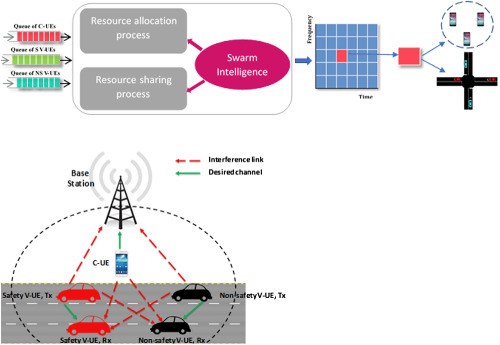
In this paper, a multi-objective radio resource allocation and sharing algorithm is proposed between cellular, safety, and non-safety vehicular communications based on the swarm intelligence method. This algorithm is proposed to resolve the optimization problem of enhancing the network performance while meeting the QoS requirements of cellular and vehicular users.
Joint uplink and downlink delay-aware resource allocation in C-RAN
- First Published: 06 December 2019
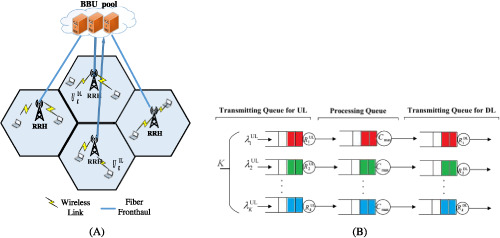
This work considers two-way communication between each pair of users with highly delay-aware applications. We formulate a joint uplink and downlink resource allocation problem in a cloud radio access network(C-RAN). Simulation results reveal that our proposed joint uplink-downlink resource allocation algorithm outperforms a case that uplink and downlink resources are allocated separately in terms of total throughput and outage probability of E2E delay, i.e, a chance that E2E delay does not hold.
Joint caching policies for optimizing energy costs/offloading probability for D2D and millimeter-wave small cell underlaying cache-enabled networks
- First Published: 02 December 2019
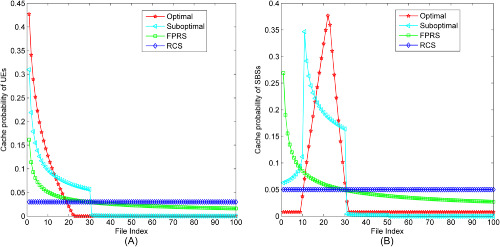
Appropriate content caching strategy can effectively improve the performance of cache-enabled networks. We use the stochastic geometry method to analyze the probability of users choosing different communication modes respectively, and take the energy costs/offloading probability as the optimization goal, we propose the optimal joint cache strategy of the small base station and the user terminal. At the same time, based on the interaction between small base station and terminal cache, a simple suboptimal cache strategy is proposed.
Resource allocation in 5G heterogeneous networks with downlink-uplink decoupled access
- First Published: 27 December 2019
On the statistics of the ratio of nonconstrained arbitrary α-μ random variables: A general framework and applications
- First Published: 17 December 2019
Edge computing and power control in NOMA-enabled cognitive radio networks
- First Published: 27 December 2019

Simulation results show that under the same parameters, such as the number of primary users, maximum transmit power, computational capability of the MEC server and the computational capability of the secondary users, the proposed NOMA-enabled computation offloading scheme can effectively reduce the overall computing latency for the secondary network and improve the percentage of offloading secondary users than those of OMA-enabled.
Optimal energy beamforming under per-antenna power constraint
- First Published: 27 December 2019
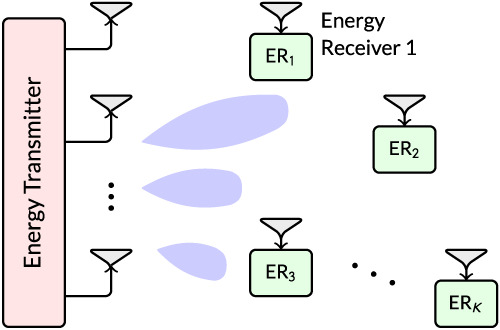
Wireless energy transferring to multiple energy receivers as an interesting technology, could be efficiently implemented employing antenna beamforming. In real situations, each transmitting antenna has its own power constraint, thus in this paper considering this limitation in a sum-energy transfer maximization problem, we provide the structure of optimal solution which is a rank one transmit covariance matrix. We also derive closed-form solutions for two special cases and propose two suboptimal solutions for general case.
Optimization of distributed detection in energy harvesting wireless sensor networks with multiple antenna fusion center
- First Published: 14 January 2020
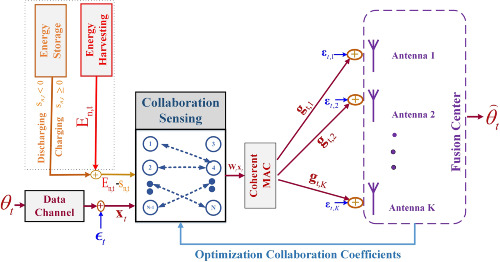
This paper addresses the detection improvement using multiple antennas fusion center (FC)and optimal collaboration among sensors with energy harvesting (EH) capability in wireless sensor networks(WSNs). Using multiple antennas at FC, we benefit from the available fundamental spatial diversity in distributed WSN. We formulate to maximize the probability of collaborative detection based on parameters of collaboration among sensors for the different scenarios as a convex optimization problem. In particular, we consider several practical constraints for EH and battery energy storage to maintain network connectivity and present an algorithm to solve this constrained optimization problem.
EPOWT: A denoising technique of the electrocardiography signal transmission via 5G wireless communications
- First Published: 22 December 2019
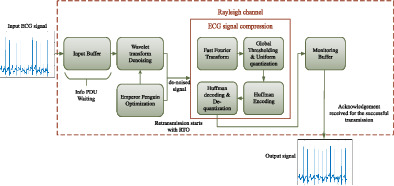
- This paper provides a thorough review of 5G wireless ECG communication for actual cardiac signal using both technical and clinical features for the purpose of recommending real-time observation.
- An efficient ECG transmission protocol (EETP) is a modern and consistent ECG transmission protocol which is used to retransmit the noise signals.
- Hence, proposed a new Emperor Penguin optimization together with Wavelet Thresholding (EPOWT) method. Here, the EPOWT is estimated through the means of Real time ECG records.
Adaptive NOMA towards 5G green wireless network
- First Published: 10 February 2020
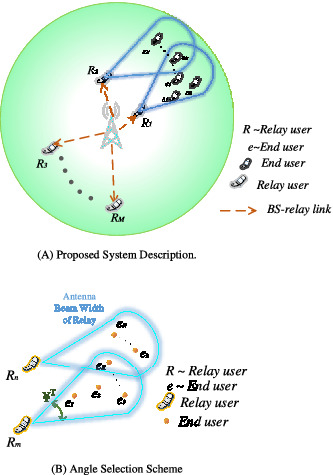
This paper presents an Angle Selection Scheme for finding the transmission range of the relay. Ever-increasing cellular traffic needs improvement in data rates and power saving. So, an adaptive NOMA scheme in which the system adaptively chooses its working model is proposed in this paper. The adaptive NOMA scheme maximizes the sum rate and optimizes the energy-efficiency of the 5G communication network. It also reduces the power consumption at the circuit of the end-user equipment, hence, achieving power saving.
An efficient indexing for Internet of Things massive data based on cloud-fog computing
- First Published: 17 February 2020




